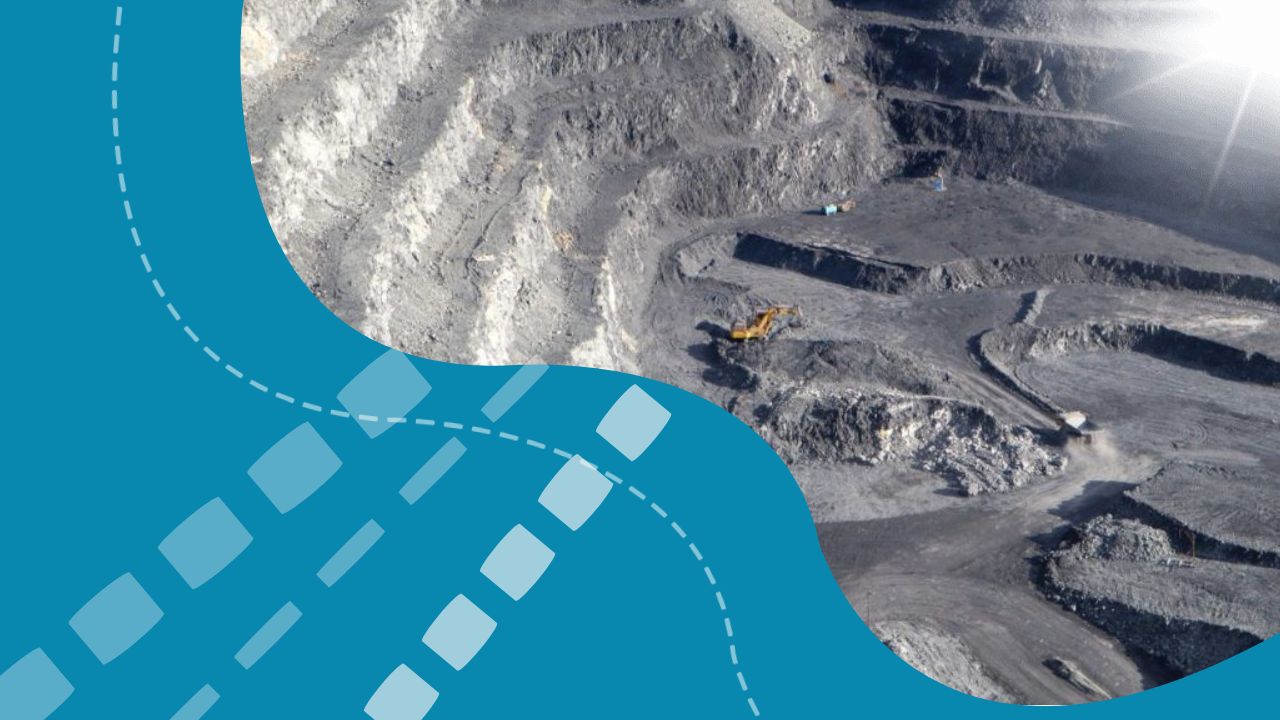Europe’s push toward a greener future is facing a critical supply chain dilemma: the continent’s heavy dependence on imported Rare Earth Elements (REEs). These materials are essential for technologies like electric vehicles and wind turbines, yet the global REE market remains largely controlled by China — a geopolitical and economic risk that has sparked alarm across the EU.
To mitigate this, the EU-funded REEsilience project is charting a new course. Launched in 2022, the initiative has mapped 149 global REE deposits, evaluating them for both geological quality and ESG (Environmental, Social, Governance) risks. Its goal: to help Europe identify secure and sustainable alternatives to Chinese supply.
“Just a handful of deposits, if chosen wisely, could secure the EU’s rare earth supply,” said Prof. Dr. Carlo Burkhardt, REEsilience coordinator. Norway’s Fen complex and Greenland’s REE resources were flagged as top prospects, offering strong political ties and low ESG risk alongside high-quality ore. Other low-risk candidates include Sweden, Finland, Canada, and Australia.
By contrast, REE sources in parts of Southeast Asia, Central Africa, and Brazil were found to carry high environmental or social risk — making them less viable options for Europe’s sustainability ambitions.
Beyond mining, the REEsilience project is also modelling future supply chain scenarios, factoring in price volatility, recycling efforts, and digitalisation. TU Delft’s Dr.ir. Willem Auping explained that simulation modelling is being used to explore “strategic resilience measures” such as recycling and extending product lifecycles.
The initiative also focuses on localising production — including magnet manufacturing automation and ICT integration — and building a skilled workforce to drive innovation. With final results expected by June 2026, the project aims to pave the way for a robust, circular rare earth supply chain that aligns with Europe’s climate and security goals.

